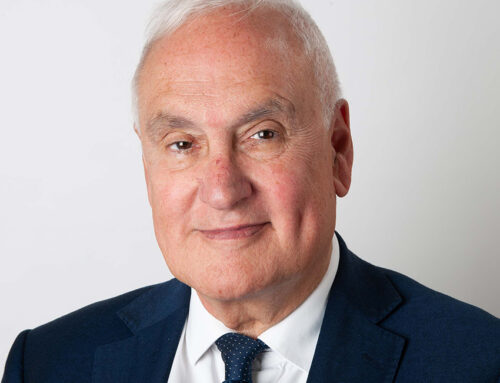 I remember, as Chief Inspector, raising this issue, time and again, in my Annual Reports to Parliament and elsewhere.
I remember, as Chief Inspector, raising this issue, time and again, in my Annual Reports to Parliament and elsewhere.
Therefore, this is not a new problem. Nevertheless, it continues to cause concern to educators because so many children on free school meals (two-thirds) lie within this demographic. In other words, we are never going to close the attainment gap and reduce inequality in our education system unless we improve the life-chances of poor white children.
We know the reasons that are often cited for white children from these backgrounds not achieving as well as their peers.
The long legacy of educational failure in post-industrial, rural, and coastal areas, characterised by low hope and ambition, is one reason cited, as well as the lack of aspiration among many families living in these communities.
That may be true in context, but when you visit the schools and see the children in situ, as I have, you don’t necessarily get any sense that these young people lack the will to succeed. Far from it!
Whenever I’ve visited schools in these communities, I see children wanting to achieve but often let down by the low expectations of the school leadership teams, which are too quick to blame external factors for underperformance.
It seems to me that we must constantly remind ourselves, as educators, of a truism that is often underplayed: that children are children! They do not differ that much?
These poor white youngsters, as I’ve seen so many times, react well to good teaching, good leadership, and to incentives which show them that hard work can lead to success. The best schools know how to counteract the negative forces at home and to build into their systems, structures, and curriculum, the ladders and scaffolding needed to raise attainment.
Let me focus on one of the most fundamental building blocks for any school trying to tackle underachievement.
LITERACY
We know that children from this demographic do not read for pleasure at home or elsewhere, and we also know that they need to be confident in the spoken and written word to be able to negotiate the curriculum and do well in their exams.
Too often, they lack this confidence. Schools in these areas know this. Therefore, it’s surprising to see that they, too often, lack a properly thought-through literacy strategy.
So let me say what I would like to see in every school in the country, and not just those in these areas of demographic underachievement.
Firstly, a literacy coordinator in the senior leadership team of every school in the country, without the encumbrance of responsibilities elsewhere.
These vital appointments at a senior level, with sufficient authority to influence the work of senior and middle leaders across the school and the curriculum, would raise the profile of literacy, and particularly the importance of reading, to the whole school community. They would ensure that literacy across the curriculum had some real meaning and that every department embedded literacy in their schemes of work and lesson plans.
They would ensure that every classroom and corridor in the school ‘came alive’ with key words and phrases relevant to the curriculum areas and to the age ranges of the children and young people.
Students would be given a vocabulary book and a school reader to carry with them from lesson to lesson. Most importantly, the senior management team would insist to both the students and to their families that they bring these vital accompaniments to school on pain of a serious sanction.
Classroom teachers would be reminded that it would be their duty to ensure children use these books well and write down key words and phrases in them. The whiteboard would also contain highlighted vocabulary, which the teacher could refer to as the lesson progressed.
Secondly, the school library should be situated at the centre of school life and not at its periphery, as is so often the case in some of these schools.
A properly qualified librarian with assistants should liaise effectively with middle leaders to ensure appropriate texts are contained in the library and that a system is developed with curriculum leaders for children to use the library regularly. Every opportunity should be given to the students to take books home, and schools shouldn’t be afraid of risking the odd case of loss and damage, as long as every effort is made to recover the loss.
Thirdly, and in relation to the above, the leadership team of schools in these areas should ensure that they communicate well with parents and families to emphasise the importance of literacy and reading. They should develop, if necessary, family learning programs for those families who find difficulty with literacy themselves. Pupil Premium Funds should be used for this purpose. After all, what better way of demonstrating to inspectors and others, its most productive use.
Fourthly, and most importantly, technology should be harnessed to ensure that the written word is easily accessible to students who are well-versed in the technology of the smartphone and laptop but shy away from opening up a textbook or library book.
There is so much information on Google and every other search engine. Then, why shouldn’t we encourage our students to use them to gather information to support the curriculum? We need to wean our students away from seeing technology simply as a source of entertainment and short-term thrills! Instead, they should see their devices as a means of bringing them long-term success, but only if used wisely.
All my experience in schools over many years has taught me that once you give confidence to youngsters that they can achieve well and that their problems are well understood by the school and their teachers, then all is possible. This is certainly true for white working-class communities in our country.
Confidence in the written and spoken word is the absolute key to success and is one of the answers to this regional and demographic divide, which is blighting educational standards in so many parts of England.
Sir Michael Wilshaw




